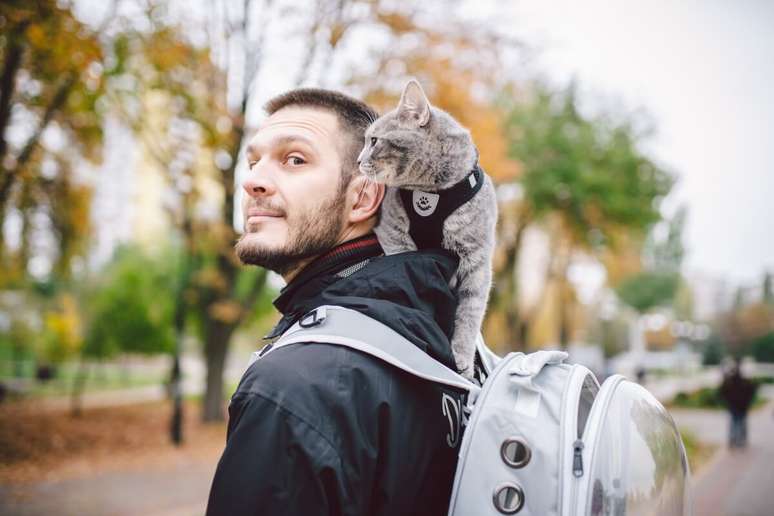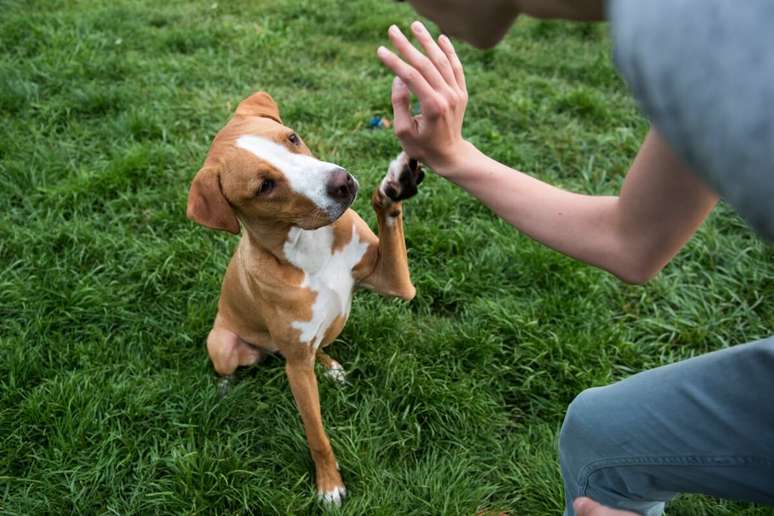An animal behaviorist explains how owners can help calm pets
Agitated behavior, aggression, destruction of objects, isolation and eating problems are just some of the most common symptoms that indicate the presence of anxiety in pets. These signs can appear at any time in a person’s life. pet and are indicative that something is causing discomfort or stress to the animal.
According to Wagner Brandão, an animal behaviorist, while in the past owners believed that their pets they only needed food, water and a clean environment, now they recognize that their pets’ needs go far beyond that.
“Animals need stimuli to avoid physical suffering, psychological trauma and behavioral syndromes”, highlights the specialist, who adds: “If prolonged, anxiety can cause other diseases over time, which is why careful care of the animal is so important brace, and early diagnosis”.
Reduce stress pets
According to animal behaviorists, pet stress is possible. However, it is important to observe and understand your individual needs. pet, because what may calm or stimulate one animal may not have the same effect on another.
“The tutor must understand its particularities pet, adapt your environment, routine, and interactions to best meet your physical and emotional needs. But, in general, activities are stimulating and can make a big difference in the emotional well-being of the animal and strengthen the bond between owner and pet,” she adds.
To help you, Wagner Brandão highlights 7 tips to help reduce stress in pets. Watch!
1. Promote a peaceful and safe environment
So that the pet feel comfortable in your own home, it is important that legal guardian Reserve a quiet space in your home where your pet can retreat when he feels overwhelmed. This could be a comfortable bed, an area with toys, or a crate covered with a blanket.
two. Maintain a routine
Pets often thrive on routine and predictability. Trying to maintain regular times for eating, walking and playing can help give your child a sense of greater security and stability. pet.
3. Play hide and seek
Even in small spaces, such as apartments, it is important to provide opportunities for cub exercise. For example, placing treats or toys around the house encourages your pet to seek them out. This activity will not only stimulate your pet’s mind, but also provide a sense of accomplishment that can help reduce anxiety.

4. Take tours
Walking should also be part of your routine. pets, at least 10-15 minutes a day. “In addition to physical exercise, walking is beneficial for socialization and mental stimulation pet. Interaction with humans and other animals during walks can satisfy their social needs and reduce stress related to isolation,” she explains.
5. Invest in basic obedience techniques
Practicing simple commands like “sit,” “stay,” and “come” can help provide structure and safety for your child. Pet, thus reducing the feeling of stress and anxiety. The techniques can easily be applied with the help of an animal behaviorist.
6. Massage the pet
The animal behavior specialist also emphasizes the importance of taking a few minutes a day to gently massage your pet. “This not only promotes muscle relaxation, but also strengthens the bond between owner and animal,” he advises.
7. Rely on professional help
Finally, there are situations that require further strengthening. therefore, the professional help in animal behavior it is essential for the pet achieve a better and healthier quality of life.
By Alice Veloso
Source: Terra
Ben Stock is a lifestyle journalist and author at Gossipify. He writes about topics such as health, wellness, travel, food and home decor. He provides practical advice and inspiration to improve well-being, keeps readers up to date with latest lifestyle news and trends, known for his engaging writing style, in-depth analysis and unique perspectives.








